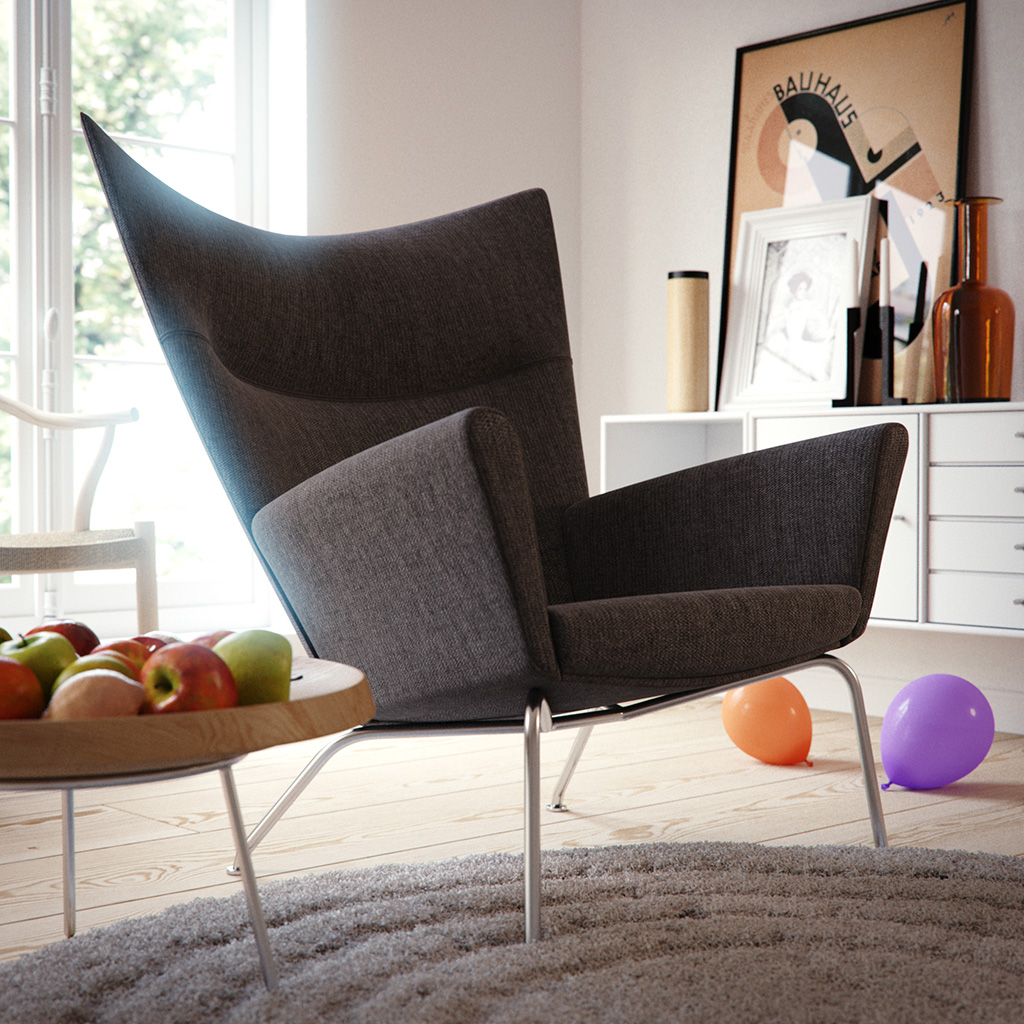Wingback chairs: where timeless elegance meets enveloping comfort, creating a haven for relaxation and refined style. These iconic pieces have graced homes for centuries, whispering tales of history while effortlessly elevating contemporary spaces. But what is the point of a wingback chair in today’s world of ever-evolving furniture trends? This guide delves into their enduring appeal, exploring their historical significance, functional benefits, and modern interpretations that continue to captivate design enthusiasts.
From Humble Beginnings to Design Icons: A Historical Perspective
The story of the wingback chair begins in 17th-century England, a time when central heating was a distant dream and chilly drafts were a constant companion. These chairs, with their signature high backs and embracing “wings,” were born out of necessity, offering much-needed warmth and protection around drafty fireplaces.
The “wings” served several ingenious purposes:
- Shielding from Drafts: They acted as barriers, preventing cold air from creeping in and stealing precious body heat.
- Containing Warmth: The enclosed design helped trap the heat from fireplaces, creating a cozy cocoon of comfort.
- Providing Head and Neck Support: The high back offered welcomed relief for weary necks, especially after a long day.
What began as a practical solution for chilly homes quickly evolved into a symbol of status and style. As wingback chairs made their way into grander homes, they were adorned with increasingly elaborate carvings, luxurious fabrics, and intricate details. The evolution from purely functional to decorative elements solidified their place in design history.
Unraveling the Allure: Why We Still Love Wingback Chairs
Centuries later, wingback chairs continue to hold a coveted place in our homes, transcending fleeting trends and proving their timeless appeal. Their allure lies in a unique blend of functionality, comfort, and style:
1. Unmatched Comfort:
The wingback chair’s design is an ode to relaxation. The high back provides exceptional support for the head and neck, while the “wings” gently cradle the body, creating a sense of being embraced. Imagine sinking into this comforting embrace after a long day — it’s a sanctuary of relaxation.
2. A Sense of Security and Privacy:
The enclosed design evokes a feeling of being cocooned, offering a sense of privacy and security that’s hard to find elsewhere. This secluded haven is perfect for escaping into a good book, indulging in quiet contemplation, or simply enjoying a moment of peace.
3. Timeless Elegance:
Wingback chairs possess an inherent elegance that effortlessly elevates any space. Whether your style leans towards classic traditional, modern minimalist, or eclectic bohemian, there’s a wingback chair to complement your aesthetic.
4. Versatility Redefined:
These chairs are surprisingly versatile, adapting to different rooms and functions. Consider these possibilities:
- Living Room: A statement piece, a focal point for conversation, or a cozy reading nook.
- Bedroom: Adding a touch of sophistication and providing a comfortable spot for reading or relaxing before sleep.
- Home Office: Creating an air of authority while providing much-needed back support during long work hours.
Modern Interpretations: Wingback Chairs for the Contemporary Home
Far from being relics of the past, wingback chairs have embraced contemporary design trends, making them more stylish and relevant than ever.
1. Fabric Choices: Today’s wingback chairs come draped in a wide array of fabrics, each offering a distinctive look and feel:
- Velvet: For a touch of luxury and opulence.
- Linen: Ideal for a more relaxed, casual-chic vibe.
- Leather: A classic choice, known for its durability and timeless appeal.
- Bouclé: On-trend and incredibly inviting, offering a textured, cozy feel.
2. Color Palettes: Don’t be afraid to experiment with color! Wingback chairs are available in a spectrum of hues to match any décor:
- Neutrals: Timeless and easy to incorporate (think beige, gray, cream, black, or white).
- Jewel Tones: Adding a touch of drama and sophistication (think emerald green, sapphire blue, ruby red).
- Patterns: A bold way to make a statement (consider florals, geometrics, or abstract prints).
3. Design Details: Modern wingback chairs play with design elements, offering a contemporary twist on a classic:
- Legs: Tapered legs for a mid-century modern aesthetic, sleek metal legs for a minimalist look, or cabriole legs for a traditional feel.
- Details: Tufted upholstery adds a touch of classic elegance, while nailhead trim introduces a hint of vintage charm.
Styling Tips: Incorporating a Wingback Chair with Panache
Here are some tips for seamlessly integrating a wingback chair into your home:
- Space Considerations: Measure your space carefully to ensure the chair fits comfortably without overwhelming the room.
- Focal Point: Allow the wingback chair to take center stage as a statement piece, or create a balanced vignette by pairing it with a side table and a lamp.
- Complementary Furnishings: Pair your wingback chair with an ottoman for added comfort and visual appeal.
- Mixing Styles: Don’t be afraid to mix and match! A modern wingback chair can add a touch of unexpected elegance to a more traditional setting, and vice versa.
The Enduring Legacy: More Than a Chair, a Design Icon
Wingback chairs are more than just pieces of furniture; they’re design icons that tell a story. From their humble beginnings as providers of warmth to their modern-day reinventions as stylish statement pieces, they’ve effortlessly stood the test of time.
As you consider your next furniture purchase, remember the enduring appeal of the wingback chair. It’s a versatile investment that offers unparalleled comfort, timeless elegance, and a touch of history – a piece that’s sure to become a cherished part of your home for years to come.
- The Best Battery Picture Lamps for Effortless Artwork Illumination - April 1, 2025
- Double Sink Bath Vanity Tops: A Buyer’s Guide - April 1, 2025
- Bath Towel Measurements: A Complete Guide to Choosing the Right Size - April 1, 2025










